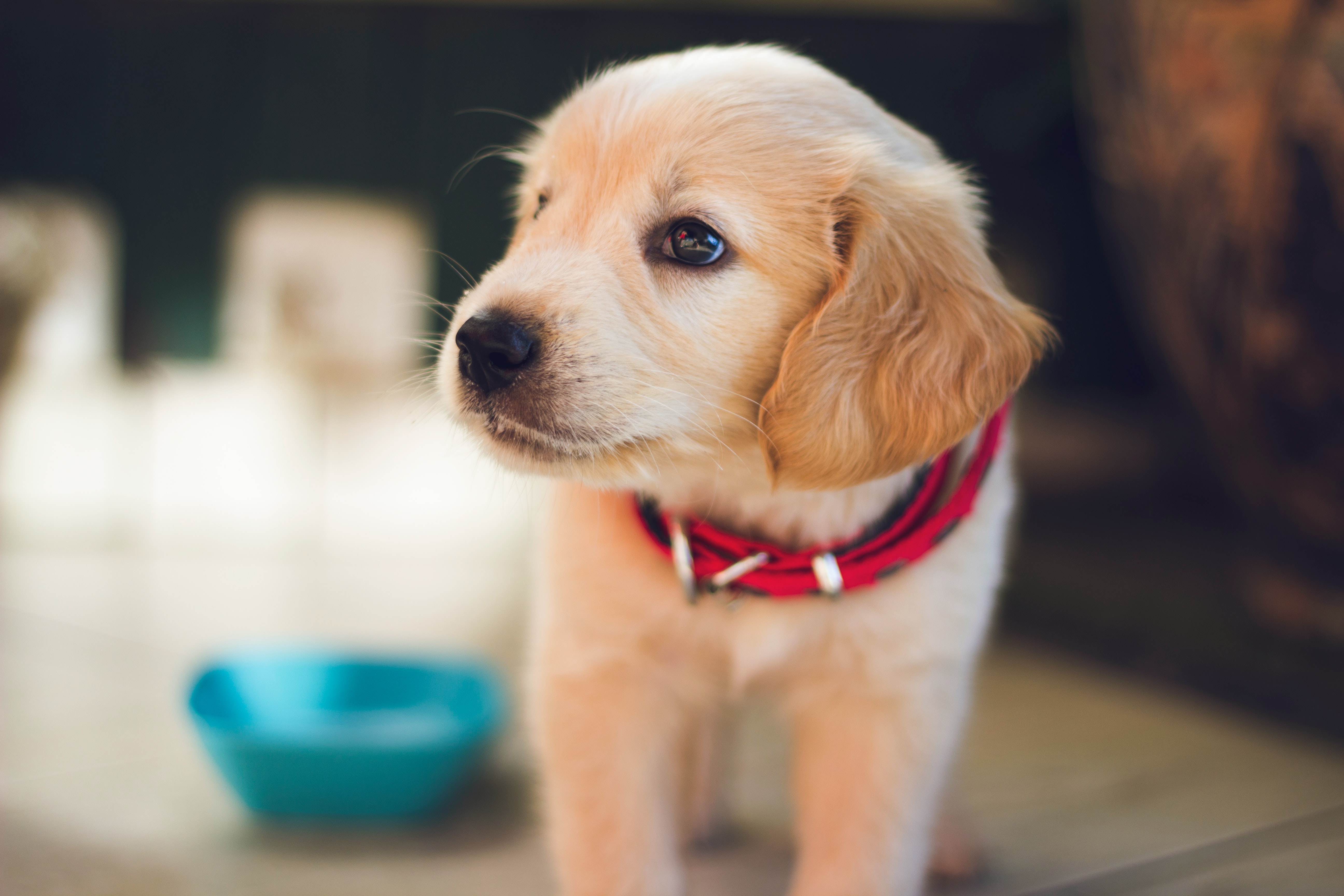How to make a pet-friendly home

For better or worse, 2020 has seen people across the UK introducing new family members into their homes. Puppy prices have doubled as families compete for pedigree animals with known lineage, while insurance companies have seen more than twice as many cat insurance policies taken out this year compared to the same period in 2019.
This makes ‘purrfect’ sense when you consider the months of confinement everyone endured earlier this year and the recent resurgence of restrictions on our personal freedom. Animals can lower stress levels, improve mental health and provide companionship and entertainment during long periods of isolation. However, pets are a long-term commitment and you shouldn’t even consider rescuing or buying an animal unless you’re completely comfortable with the idea of sharing your home for many years.
If your lifestyle suits pet ownership, and your house is big enough to accommodate an extra resident, there are plenty of things you can do to create a pet-friendly home…
Essential items
Pets often choose to sleep in the strangest places, but strategically positioning soft fabric beds in sensible locations won’t hurt. Cats feel safer sleeping off the ground, so freestanding or floor-to-ceiling climbing frames with integral platforms and beds are ideal. Because dogs love to be near their owners, a bed beside yours might be well-received. Smaller animals should be housed in a busy part of the home, to see and be seen as much as possible. Food and water bowls can be kept apart, but the latter ought to be near a tap for daily replenishing.
Safety and security
Many animals are budding escapologists, so don’t leave windows wide open as you clean out your parrot’s cage; set windows on latch or vent instead. Avoid polishing wooden floors, since animals may struggle for traction and scratch the surface with their claws. Soft-closing cupboard and door hinges reduce the risk of tails being trapped, and playful dogs may benefit from corner protectors on sharp-edged furnishings like coffee tables. Cats and dogs will happily explore a garden on a lead, while you enjoy fresh air and quiet contemplation.
Outdoor space
Unless it’s particularly cold, animals love to spend time outdoors. Garden boundaries should be secured with fence panels or mesh screening, while gates need bolts fitting on the inside. Cats can be prevented from escaping by putting either plastic sheeting or rotating cylinders along the top of the fence, but ask immediate neighbours if they mind before installing cat-proofing. Activity toys can turn even a small yard into a doggy agility centre, but bear in mind gravel and stones may hurt sensitive paws; water features pose more obvious dangers.
Storage
Pets will need occasional-use items like a carrier for trips to the vet, or a heated bed for the winter months. Try to store these in a warm and dry place when not in use, to prevent bedding going mouldy – many animals have an acute sense of smell, and won’t appreciate musty odours. Everyday items will typically include a brush, toys and spare food, which should ideally be kept together in a dedicated ‘pet cupboard’ in the kitchen. This is the logical place to feed your pet, offering easy access to cutlery and bowls, cloths and taps.
And as a final thought as we approach the festive season, please remember ‘a dog is for life and not just for Christmas!’
Back to Latest Posts




